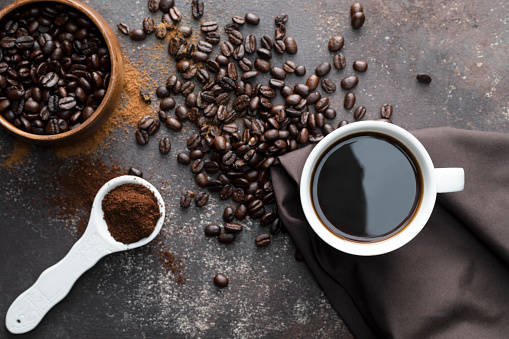The history of coffee is as rich as its aroma. Originating from Ethiopia, the coffee plant traveled to Yemen through the port of Mocha (yes.. the coffee flavor) in 500-800 A.D by one of the great masters. After spreading through Asia, coffee went on to spread roots and conquer Europe by 1615 through merchants and traders.
The naturally anti-oxidant-rich, rejuvenating beverage has long been the centre of intellectual discussions, social interactions, and homely gatherings among family and friends.
What Is the Best Coffee?
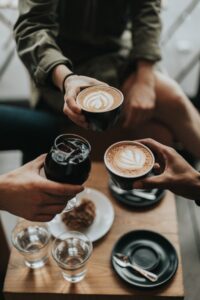 Well, the answer to that is neither simple nor straightforward. Generally speaking, there isn’t just one best coffee. It greatly depends upon your personal taste. Things like your genetics, taste receptors, taste training, upbringing, culture, and even mood can greatly determine your preferred coffee flavour.
Well, the answer to that is neither simple nor straightforward. Generally speaking, there isn’t just one best coffee. It greatly depends upon your personal taste. Things like your genetics, taste receptors, taste training, upbringing, culture, and even mood can greatly determine your preferred coffee flavour.
The best advice to find your favourite coffee is to try as many blends as you can instead of listening to so-called coffee ‘connoisseurs’ or celebrities.
Avoid brands as most don’t specify their coffee origin. It is better to focus on whether your coffee is freshly roasted, as it is at its peak flavour during then. On the other hand, the pricier, branded coffee blends often sit on shelves for weeks or months.
Growing Coffee
Single-origin coffees are the most sought-after coffees, given how the elevation, microclimate, and soil of a location greatly affect the taste of the coffee. There’s a reason why coffee is first identified by their country. The type of coffee bean is another important factor. The Arabica coffee plant is considered of superior quality over the Robusta plant.
Furthermore, harvesting and processing followed by proper storage and shipping all influence the flavor of the coffee to ensure that it is at its peak.
The Perfect Roast, the Perfect Grind
This is the key to a perfect cup of coffee. Different types of roasts will bring out different flavors. Lighter roasts bring out the acidity, whereas those who enjoy the chocolate, nutty, or caramel flavors should opt for the darker roasts.
Whether you prefer the powdery grind of Greek coffee or the coarse grind of a French press or a cold brew, the perfect grind is the ingredient for that cup of success.
Coffee and Consciousness
A coffee lover should also be a responsible drinker. Ensure your coffee is sourced from environmentally sustainable means and follows fair trade practices.
How to Choose Good Whole Bean Coffee
With so many recommendations and options to choose from, it is easy to be overwhelmed by the wide selection available. Here are a few tips to help you out.
Your brewing method is an important albeit overlooked factor that will help you choose your bean. For instance, a medium to dark roast is the best option for a french press. Light-roasted, higher-acidic coffee beans are best for whipping up cold brew. Pour-over coffee beans make for an excellent tasting session for exotic, flavourful single-origin notes. Be careful when choosing beans for an espresso machine as not all espresso beans taste good!
Flavor preference calls for certain types of beans. For instance, craving for ‘wine-like,’ fruity, floral-y exotic flavors? Go for pour-over coffee, light roast single-origin coffee beans but don’t add milk!
On the other hand, dark roast coffee gives the signature ‘coffee like’ flavor, and you enjoy it with or without milk. If you are feeling a bit experimental, then go crazy over all the new flavors offered by different brands.
Whether you prefer decaf, caffeinated coffee, acid-reflux-friendly coffee, or relaxing CBD coffees, there’s an option available for everyone.
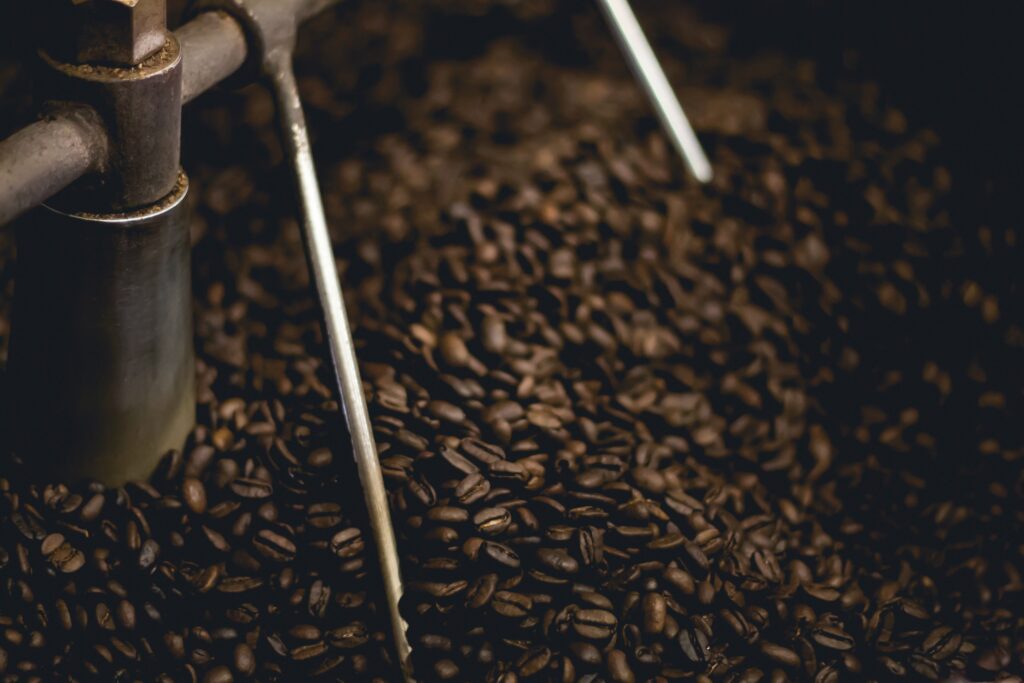
Crash Course in Coffee Bean Terminology
Arabica plant is grown on higher planes allowing more time for flavor and quality compared to Robusta. However, Robusta has a higher yield with higher caffeine content. That is the reason why Robusta is generally used for instant or low-quality coffee.
The natural acidity of coffee has more to do with taste than pH. You can cover this by choosing low acid beans or a darker roast. In contrast, bitterness results from the extraction process, which can be avoided by proper brewing.
The rule of thumb regarding origin is, ‘Blend is for milk, and single is for black.’ Blends have different types of beans mixed together to give a balance of flavor, acidity, and body. However, many companies blend coffee beans to sell expensive beans for profit. We recommend sticking to reputable roasters.
The number of days after roasting plays another crucial role in the taste of coffee. Experts agree that one week up to a month after roasting is the ideal duration within which to brew your coffee. On the other hand, avoid “too fresh” beans by allowing up to 4 days to let the carbon dioxide escape. Some roasters will even label the date of roasting for buyers. To make the best use of your beans, you should only finish and brew within 30 minutes of grinding the beans. Additionally, store the beans in a cool, dry place.
Read Coffee Packaging
Keep the following pointers for when you buy your fresh fix of beans:
- “Roasted On” Date – as already mentioned that the flavor declines with time. Hence, the roasting date allows you to buy fresh beans that don’t compromise on taste.
- Flavor Descriptors – This signifies a confident roaster and informs you of the taste nuances in coffee.
- Origin Transparency – It is always a good habit to know where your food comes from. A coffee’s origin can give clues to a roaster’s sourcing practices, farmer partners, and the coffee itself. An honest and transparent roaster will undoubtedly give you the best quality coffee.
On the contrary, beware of roasters who include items on their coffee packaging.
- “Gourmet” or “Premium” – Words used as a result of bogus marketing. These are used to drive sales without giving substance.
- “Best By” Date – Another red flag, never has there been coffee with peak flavor for 3 or 4 months.
- Cliche Flavor Descriptors – An easy indication that the coffee was probably not roasted to perfection is the flavor descriptors claiming like dark chocolate (for the bitterness) or even citrus (for the acidity).
Buy From the Right Places
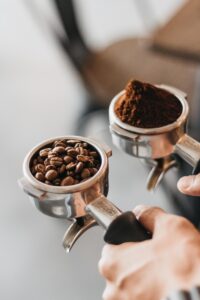 The best coffee isn’t on the supermarket aisle. Here we give you tips to get your money’s worth and the perfect morning fix of that dark aromatic liquid.
The best coffee isn’t on the supermarket aisle. Here we give you tips to get your money’s worth and the perfect morning fix of that dark aromatic liquid.
Your Local Coffee Shop
A local coffee shop that sells quality beans is a coffee lover’s dream. Use the pointers we discussed to help you choose the best beans. Unfortunately, though, many shops sell poor-quality beans. If the beans are pre-grounded or scooped out of giant beans, that is your cue to shop elsewhere.
Your Local Roaster
Your local coffee roaster is the best source of good coffee. Many roasters often set up shop in a coffee shop or at the local farmer’s market with tasting sessions.
Fresh Coffee Subscription
If your luck doesn’t fall in any of the above categories, then your best option may be to buy an online subscription. With conscious businesses catering to the needs of coffee lovers, you can get fresh, quality coffee that doesn’t even compare to that of grocery stores or supermarkets. Here are our best recommendations of 8 favorite subs with aromatic, crisp coffee beans that cannot be rivaled.
The quest doesn’t end with buying a package of coffee beans. Good brewing and grinding are just as important. Whether you want an espresso maker or a coffee maker with a grinder, the best coffee experience comes with correct brewing. For best results, grind your coffee right before brewing.
Travel The World Through Coffee
You may be stuck at home thanks to lockdowns and travel restrictions, but that doesn’t necessarily restrict your taste buds from traveling across the globe. Enrich your palate with some of the best brews the planet has to offer. Here are some of the countries which produce the highest quality coffee in the world.
- Ethiopia
- Yemen
- Kenya
- Indonesia
- Costa Rica
- Guatemala
- Brazil
- Colombia
Where to Travel For the Best Coffee
With so many wonderful brews to taste from across the world, it is only fair to travel to a coffee destination for a religious coffee experience. Not only do you get to enjoy some sightseeing but sip on the priced liquid gold at its birthplace.
For a unique outlook, visit countries that brew their coffee differently, such as the Middle East or Italy, or with many cafes such as Japan or South Korea.
Coffee plantations are another great destination option. Colombian or Costa Rica are famous for their coffee farms as well as lovely locals, who often invite guests for a cup of traditional coffee made in the same way as their forefathers.
The coffee-drinking culture is something that all coffee connoisseurs should put on their travel itinerary. For instance, the oldest brewing method originating from Turkey involves the use of a special coffee pot called Ibrik. In South India, an Indian coffee filter (similar to the Vietnamese one) helps brew the famous Mysore or Degree coffee. Whereas Ethiopian coffee is made through an extensive sacred coffee ritual ceremony.
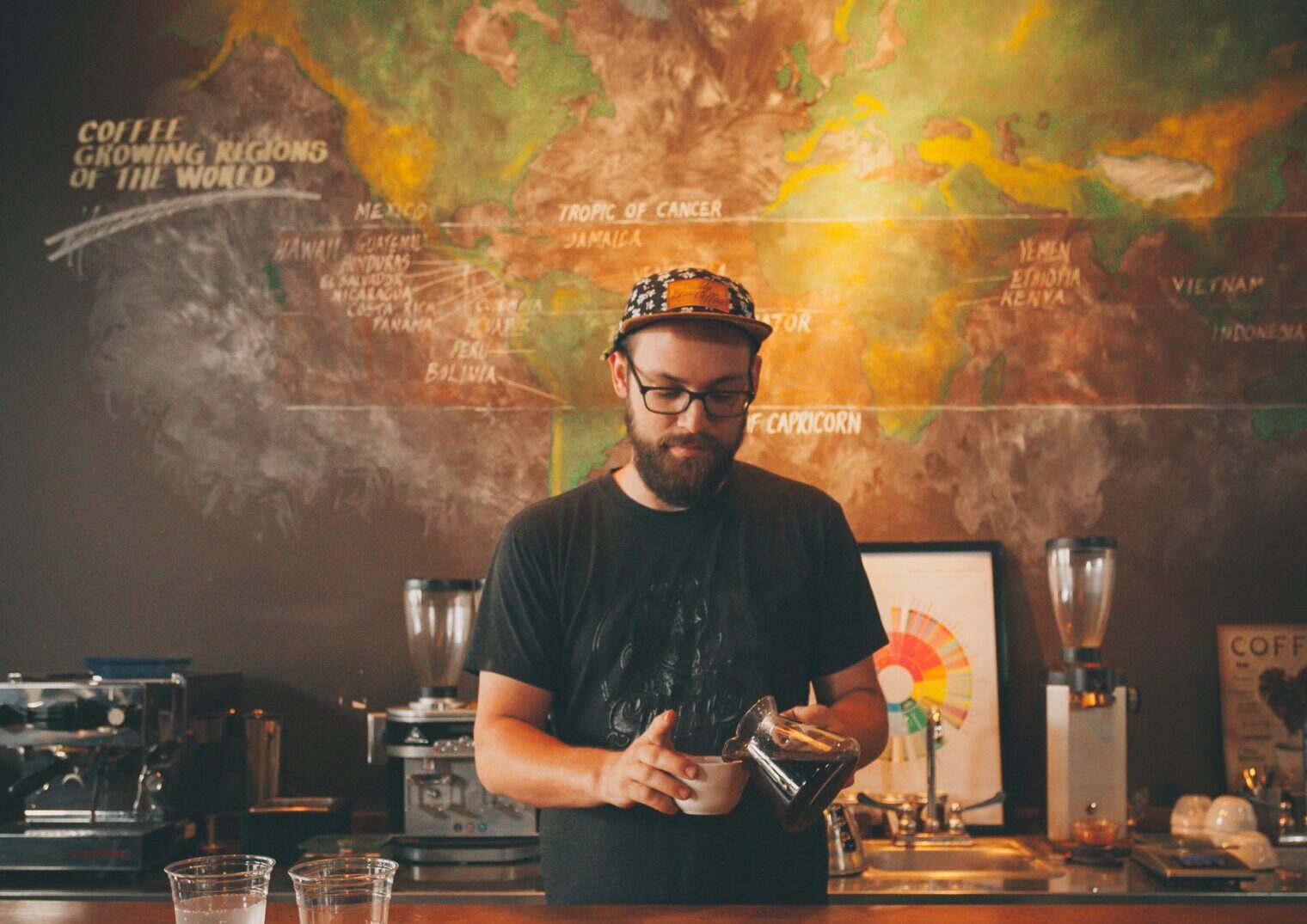
Conclusion
Coffee is an acquired taste, and no flavor is superior to the other. It is a matter of individual taste and the willingness to try something new. Nonetheless, it is good to be aware of the know-how to enjoy the best cup of brew. Remember that expensive doesn’t equal quality. Hence, a keen observer will be able to mine for the best quality beans without having to empty their wallets.
Settle down with a warm cup of coffee and your favorite book to cozy up this winter after you have found your ideal coffee source.

